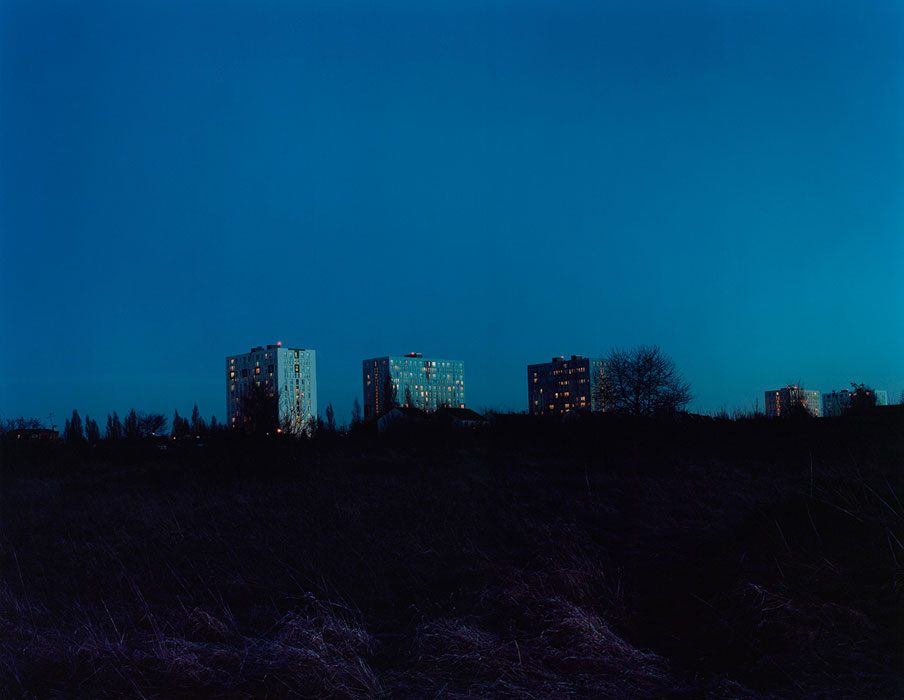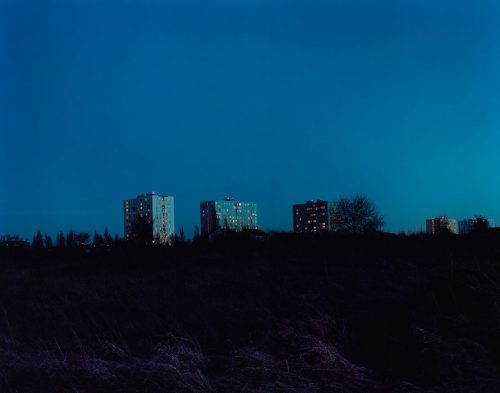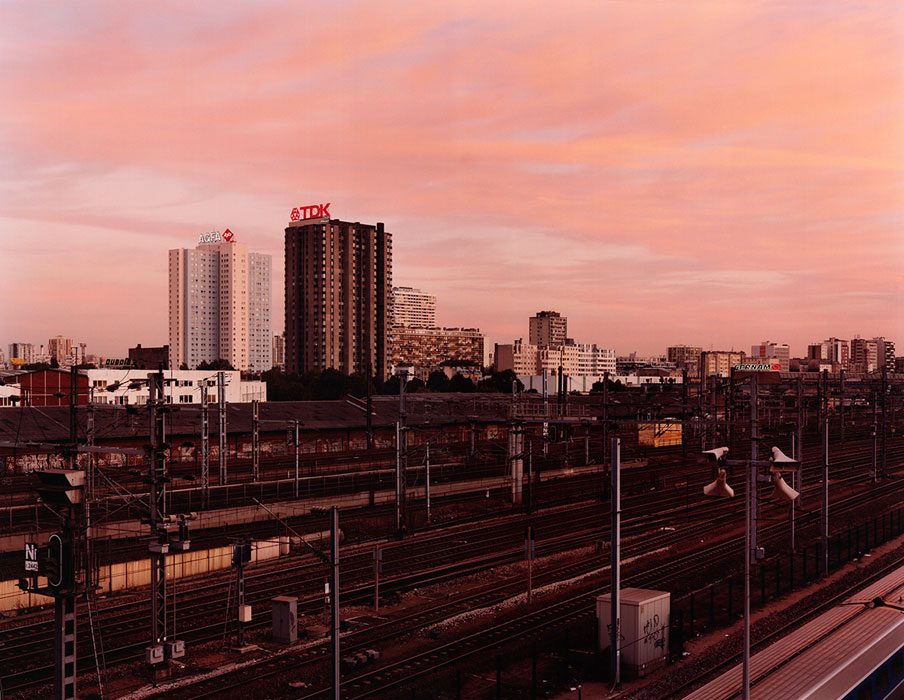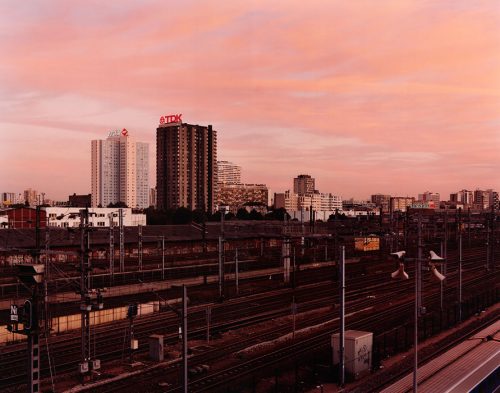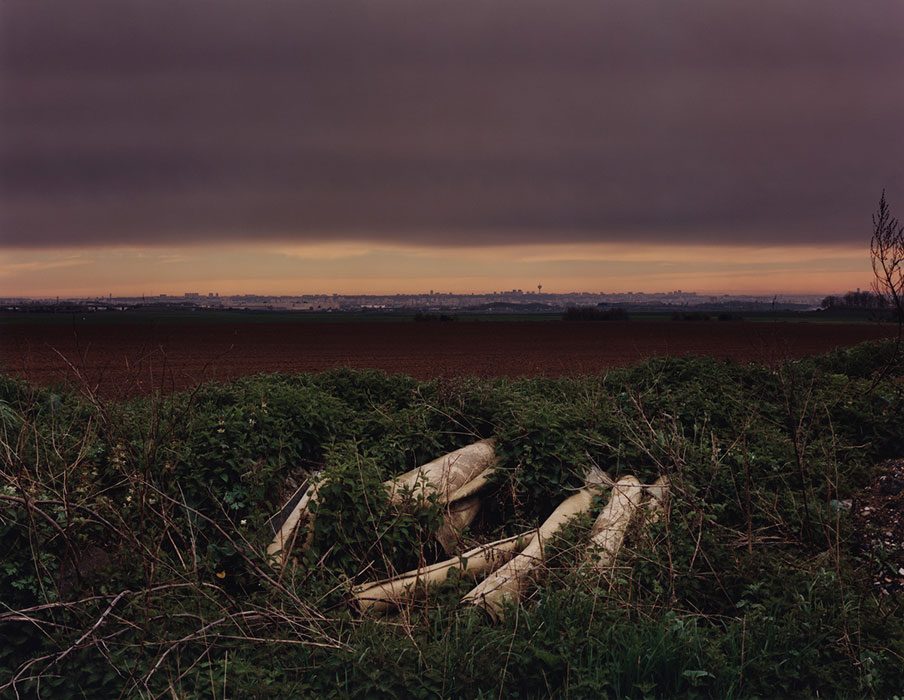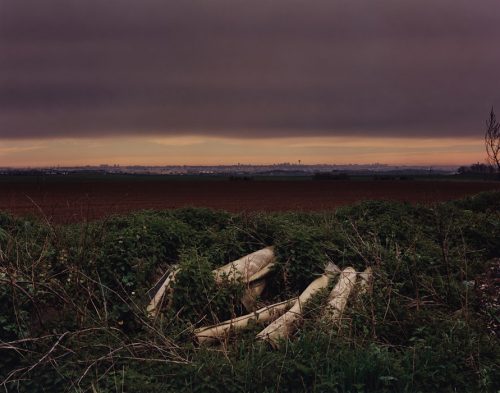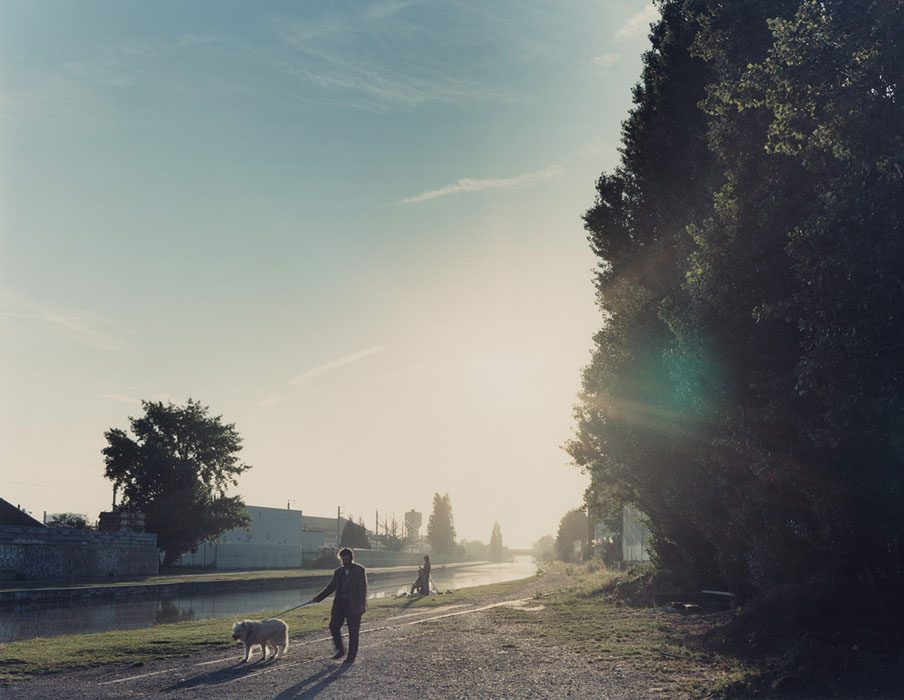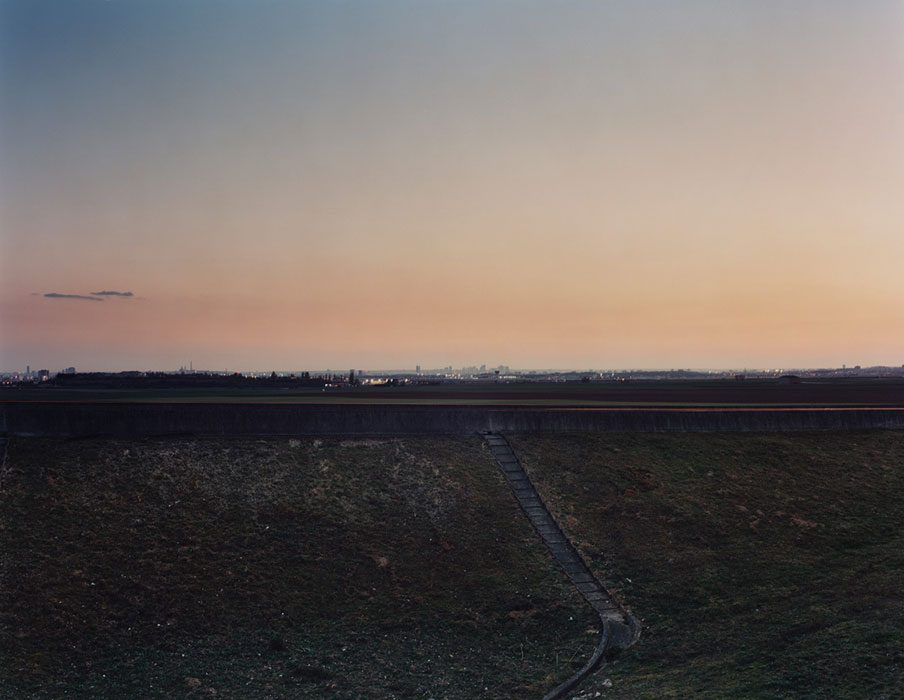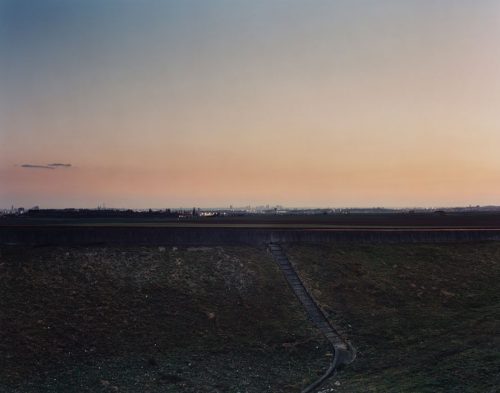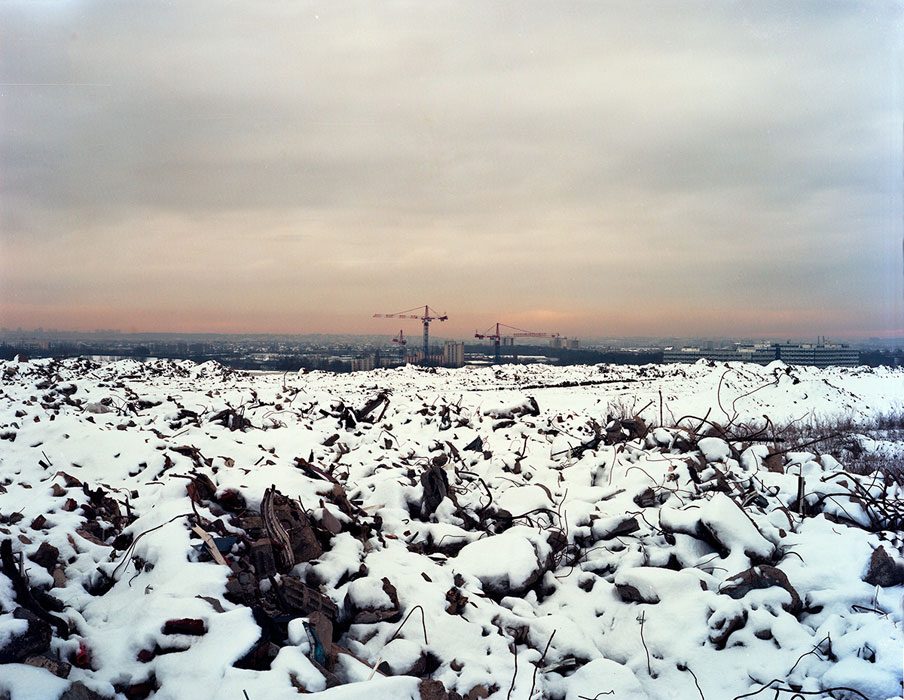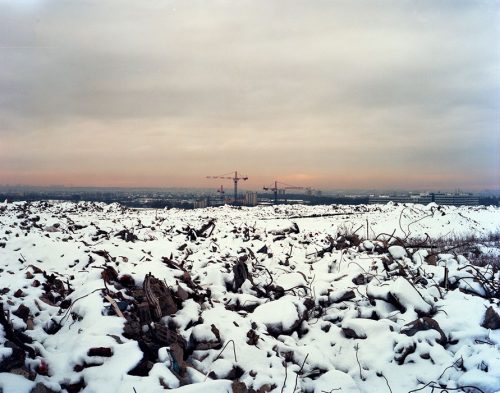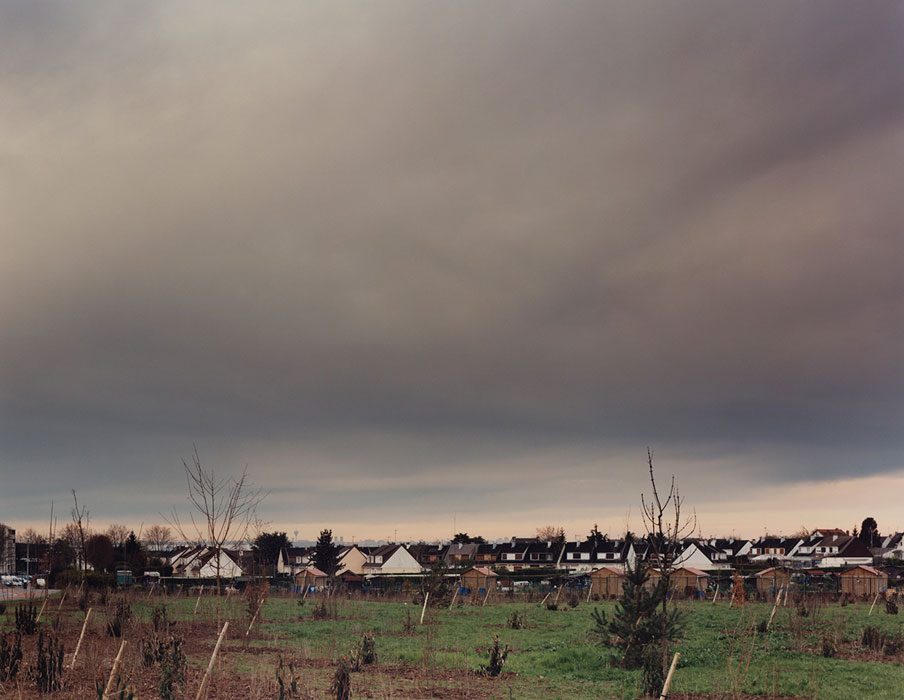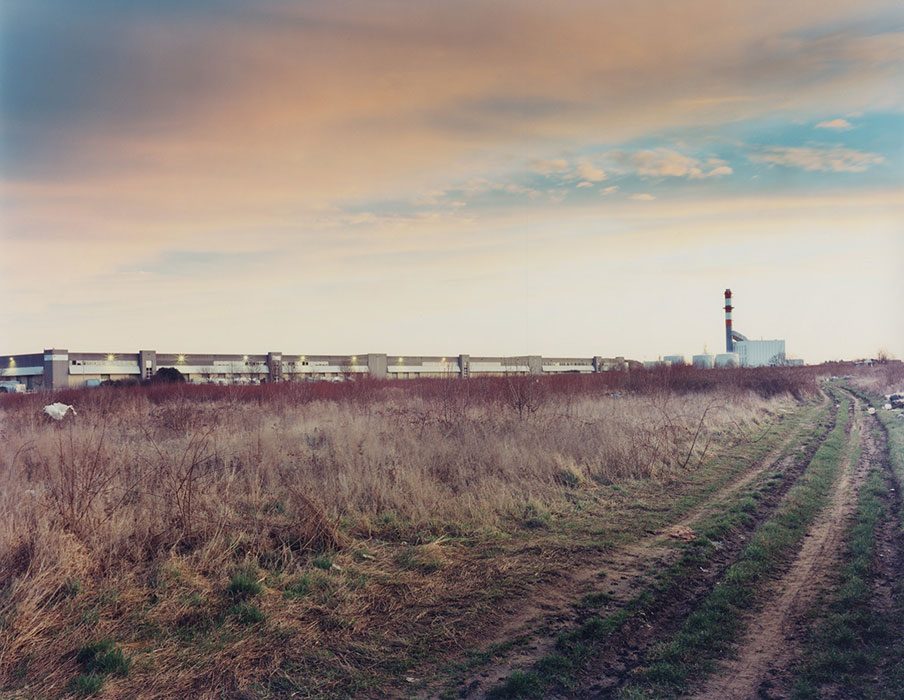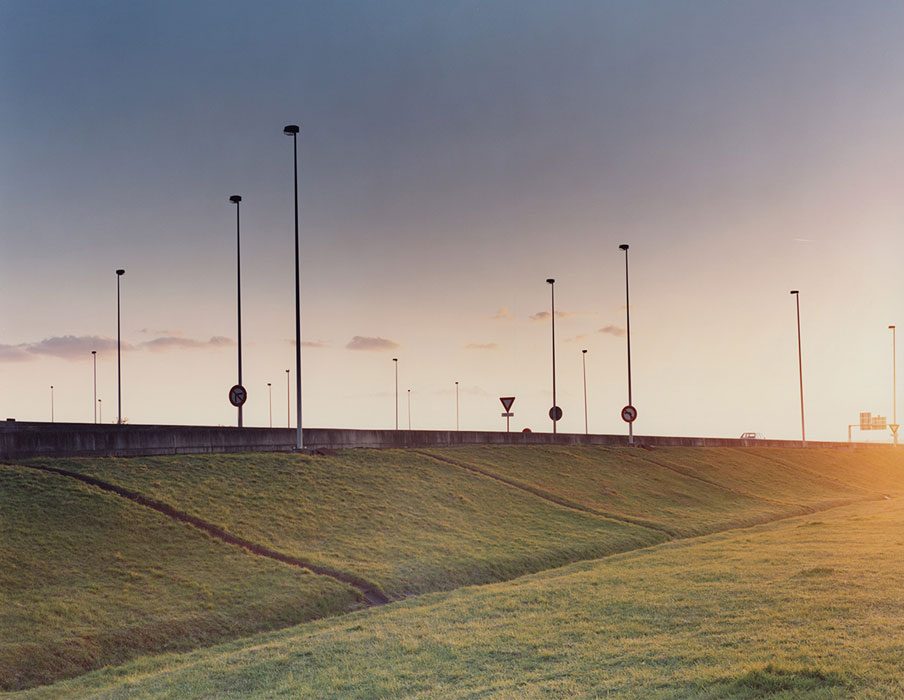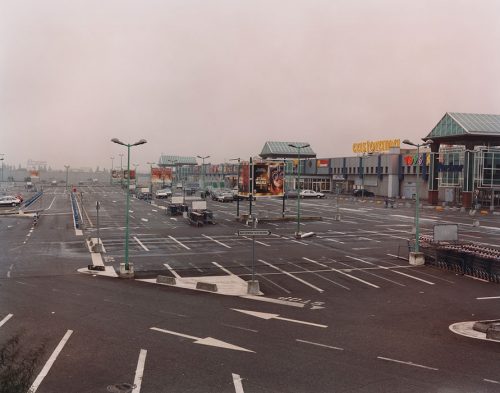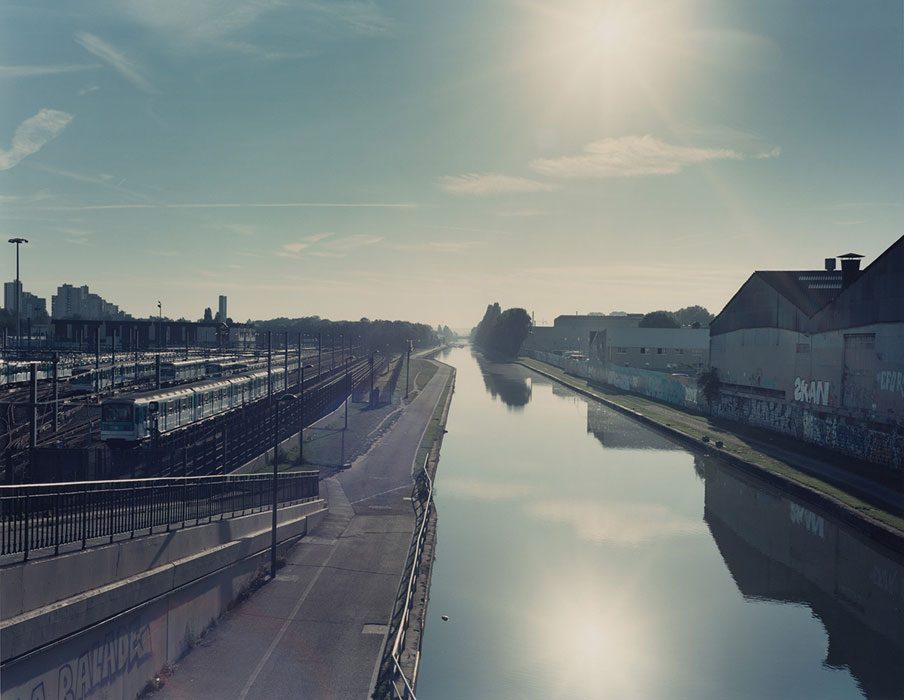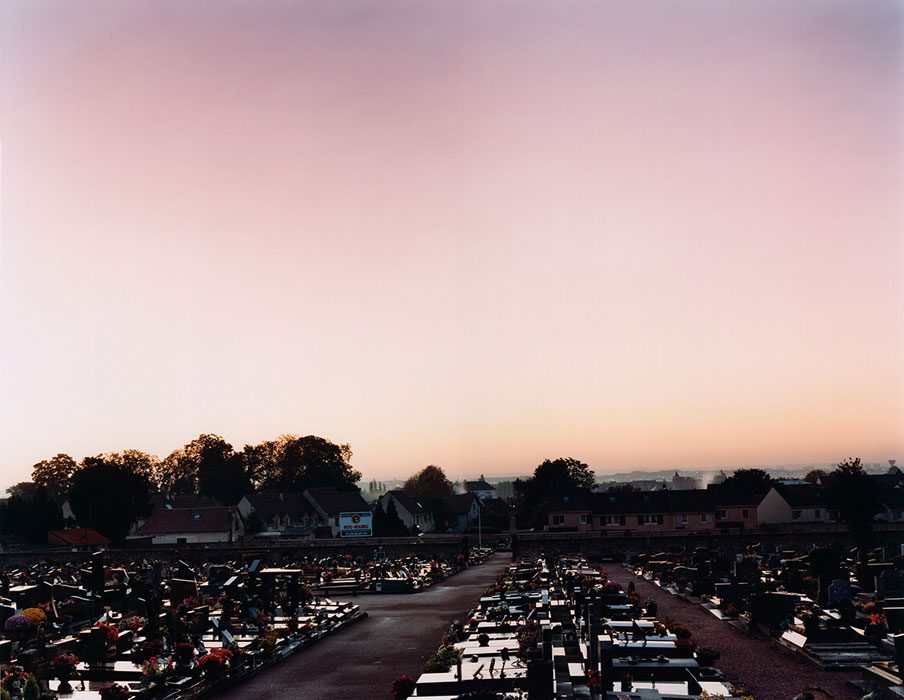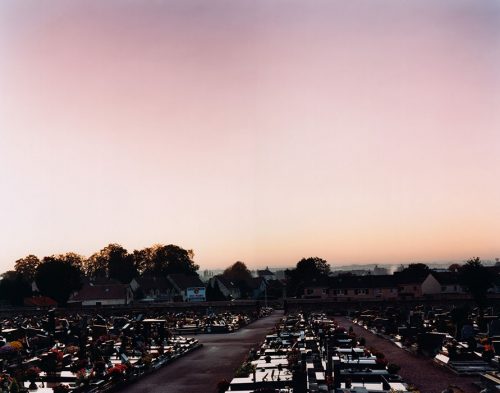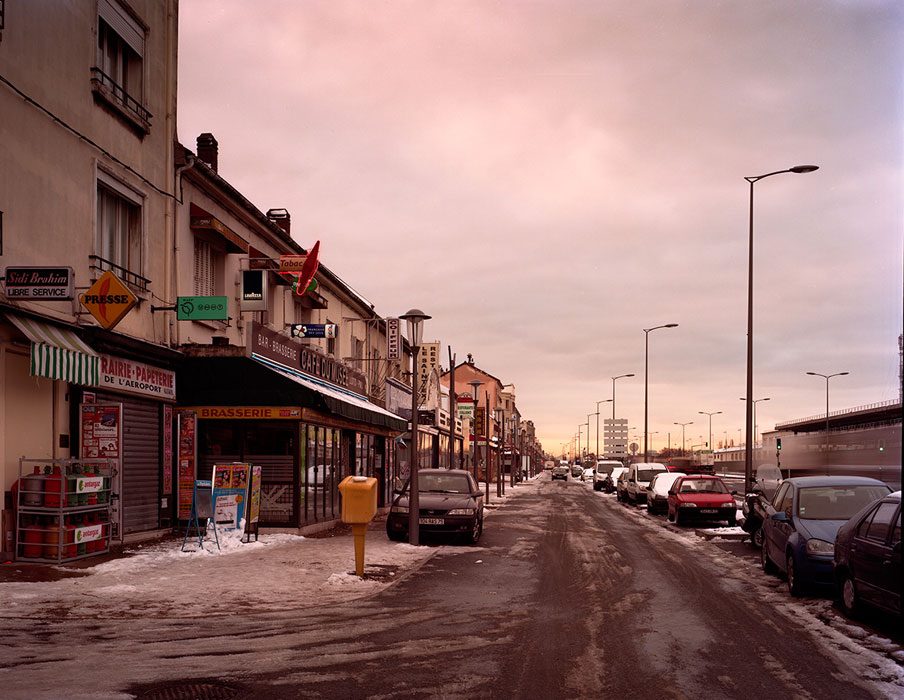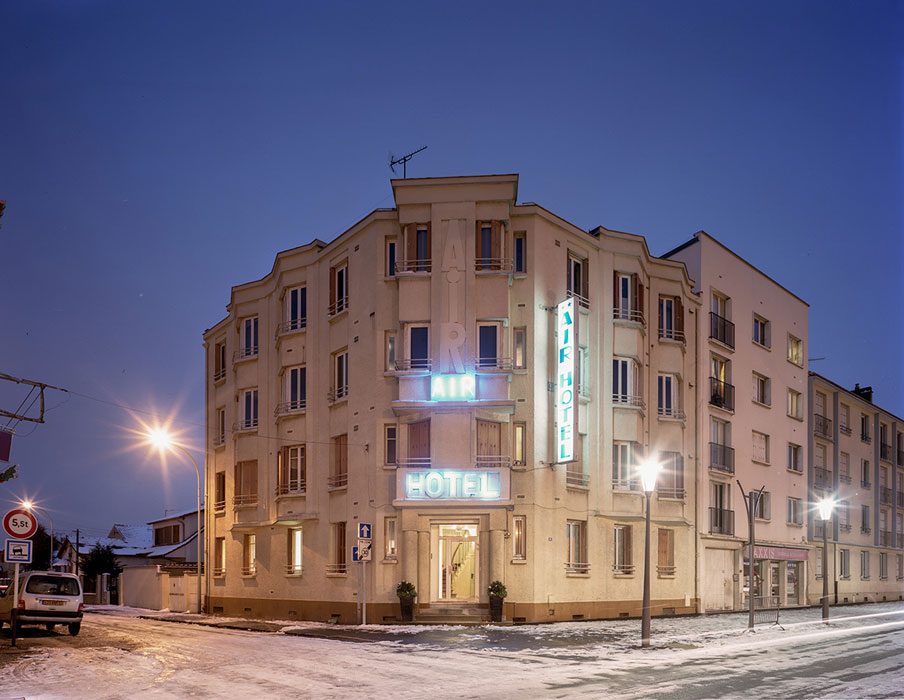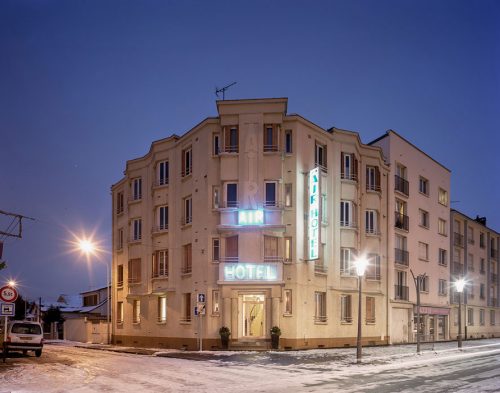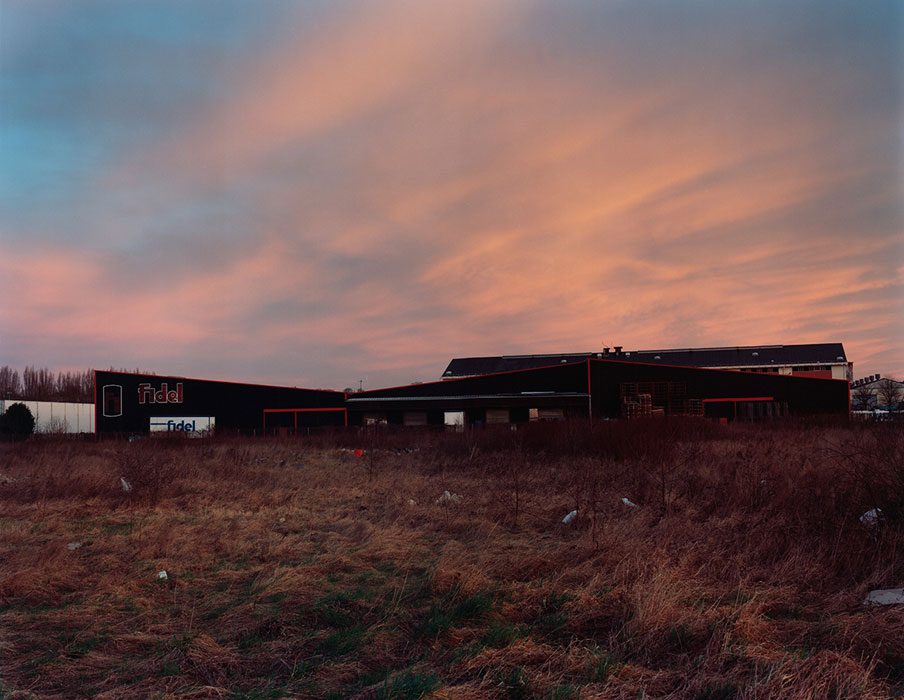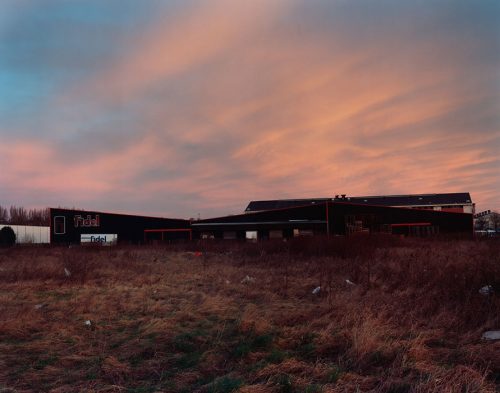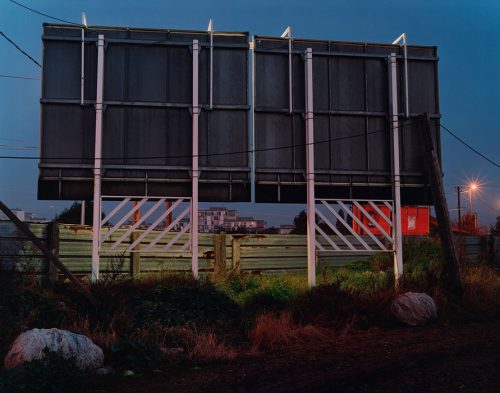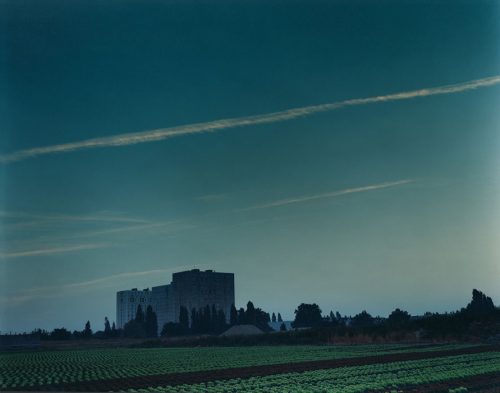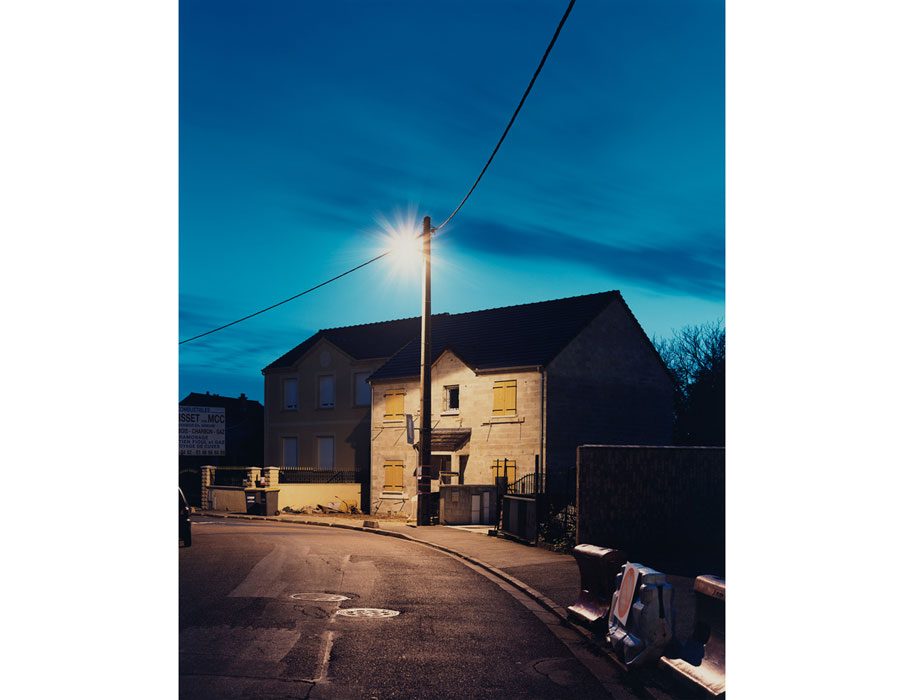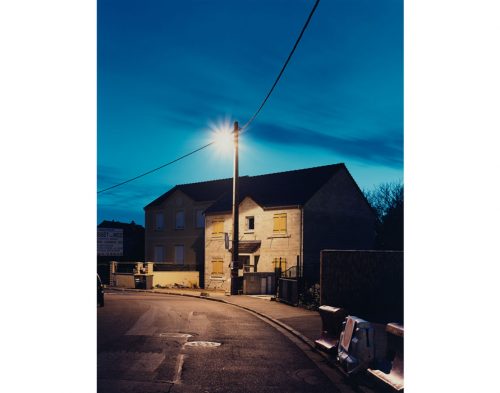ALTERED DISTANCES
La banlieue autour de Paris héberge les travailleurs dans des cités dortoirs près des industries. L’image que l’on se fait de ces lieux a évolué au fil des années. Ce qui m’intéresse dans ces changements c’est l’idée d’un cataclysme, d’un changement chaotique et incontrôlable.
La ville s’étend vers l’infini, et la nature recule inexorablement en déplaçant toujours plus loin la frontière entre le désordre et l’ordre naturel. La ville se construit sur le désordre, et la nature recule en ordre.
La banlieue et ses constructions sont comme une maladie qui, petit à petit, envahit l’univers qui nous entoure et déforme notre conception de la vie. La banlieue n’est plus une forme concrète. Elle se mélange avec la nature proche de la ville, et il devient impossible de savoir qui des deux était le premier.
Here is a medical research that confirm my vision:
The world we perceive is constructed on the basis of previous experiences, current information and predicted outcome. Our perceptions are thought to reflect the utility of the self within the environment. And so, the effect of Pain living in those environments increases our alteration of distances. The frontier between the concrete and the nature become altered, and confuse, the distances between the city and the natural, become abstract. A number of studies have demonstrated that perceptions are altered in a way that reflects the physiological and psychological sate of an observer in their environment. Indeed under this embodied inference approach to perception, it has been proposed that threatening objects (Architecture) Are perceived as closer than equivalent controls. Pain-evoking stimuli are perceived as closer to the body than otherwise identical pain- relieving stimuli. This finding supports the notion that our perceptions are inferences, constructed in relation to our prior encounters, and relevant incoming information.
